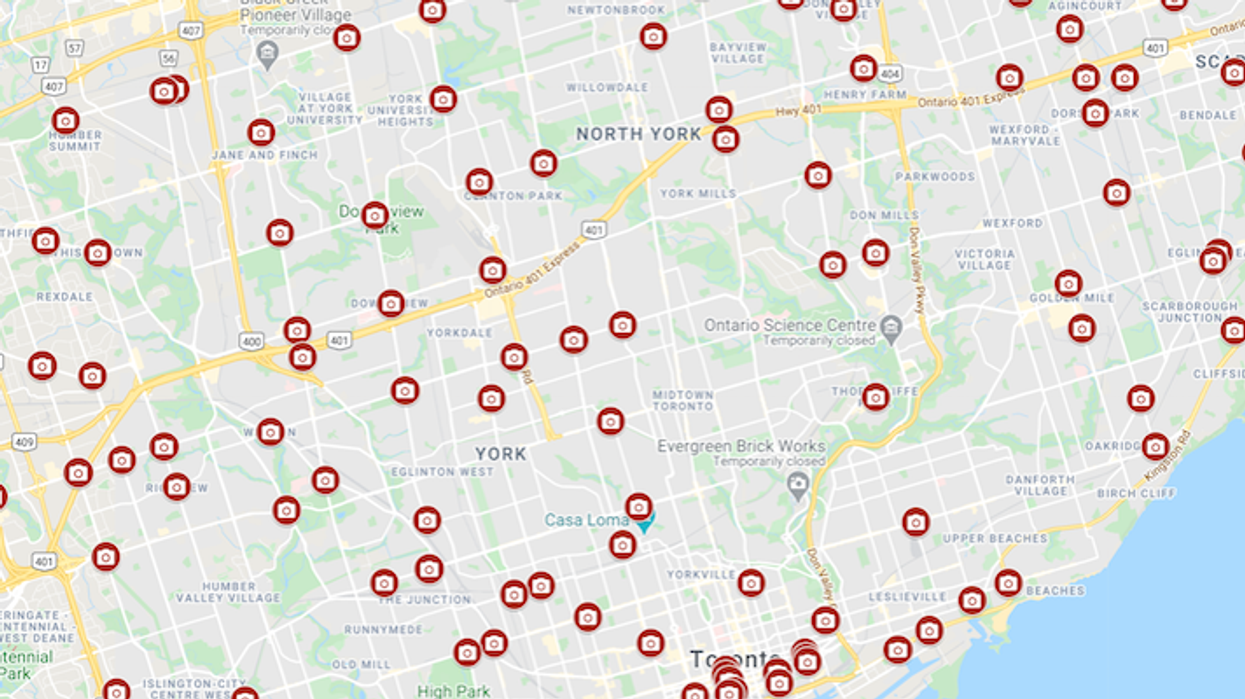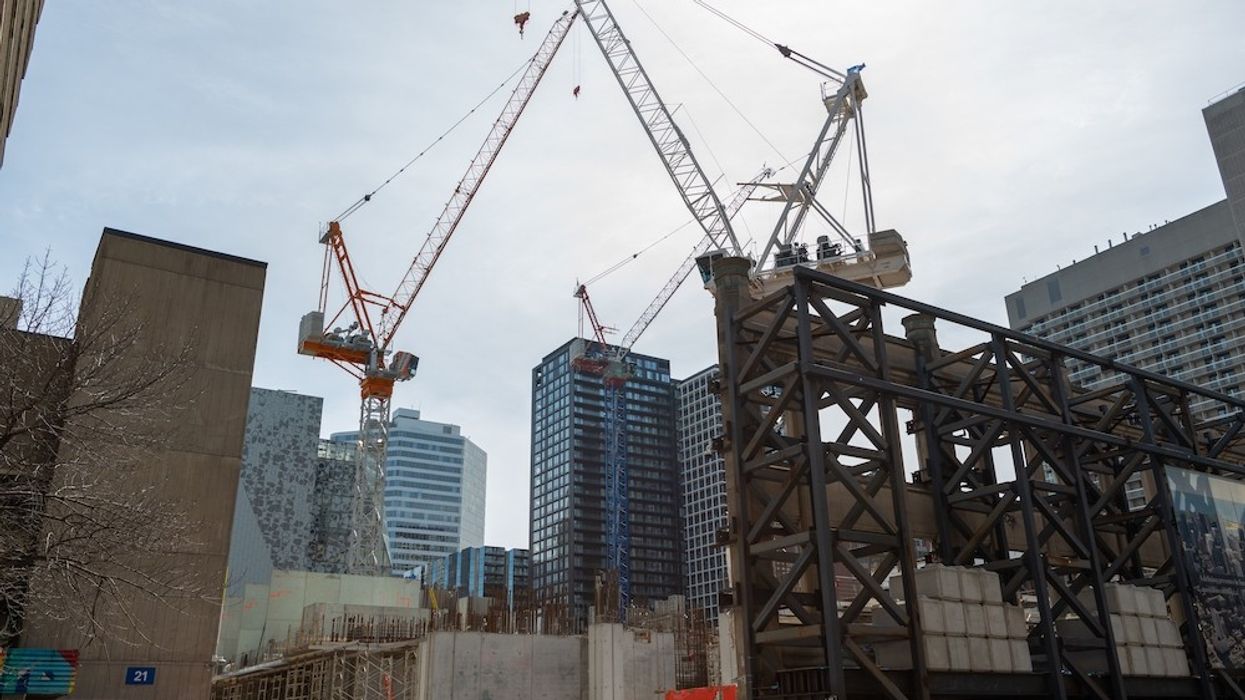Risk Management
Explore how risk management works in Canadian real estate — what it involves, who uses it, and why it's essential for protecting investments and safety.

May 22, 2025
What is Risk Management?
Risk management in real estate refers to the process of identifying, assessing, and mitigating potential financial, legal, and physical risks associated with property ownership or transactions.
Why Risk Management Matters in Real Estate
In Canadian real estate, risk management protects homeowners, landlords, investors, and professionals from liabilities, lawsuits, and unexpected costs.
Key risk management strategies include:
- Purchasing comprehensive home and liability insurance
- Conducting home inspections before buying
- Ensuring properties meet safety and building codes
- Including protective clauses in purchase agreements
- Maintaining accurate documentation and legal compliance
Real estate professionals also use risk management practices to avoid client disputes and legal claims. Investors use it to reduce exposure when financing, renovating, or renting properties.
Understanding risk management allows all parties to minimize exposure to financial harm and operate more confidently.
Example of Risk Management in Action
A landlord installs handrails and smoke detectors and obtains landlord insurance as part of a broader risk management plan for their rental property.
Key Takeaways
- Identifies and addresses real estate risks.
- Reduces chances of liability and loss.
- Used by buyers, owners, landlords, and agents.
- Includes safety, insurance, and legal strategies.
- Promotes responsible and secure ownership.
Related Terms
- Liability Coverage
- Property Protection
- Home Inspection
- Legal Liability
- Insurance















 Camcos Living
Camcos Living Shutterstock
Shutterstock Little Rouge Block G/Camcos
Little Rouge Block G/Camcos Camcos Living
Camcos Living Camcos Living
Camcos Living Camcos
Camcos








